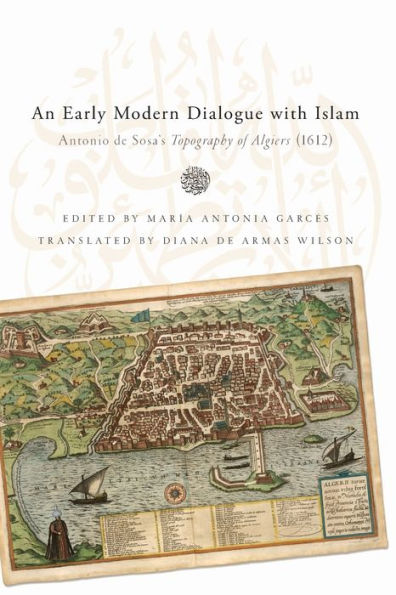5
1
9780268029784



Early Modern Dialogue with Islam: Antonio de Sosa's Topography of Algiers (1612) available in Paperback, eBook

Early Modern Dialogue with Islam: Antonio de Sosa's Topography of Algiers (1612)
- ISBN-10:
- 0268029784
- ISBN-13:
- 9780268029784
- Pub. Date:
- 04/15/2011
- Publisher:
- University of Notre Dame Press
- ISBN-10:
- 0268029784
- ISBN-13:
- 9780268029784
- Pub. Date:
- 04/15/2011
- Publisher:
- University of Notre Dame Press

Early Modern Dialogue with Islam: Antonio de Sosa's Topography of Algiers (1612)
$45.0
45.0
In Stock

Product Details
| ISBN-13: | 9780268029784 |
|---|---|
| Publisher: | University of Notre Dame Press |
| Publication date: | 04/15/2011 |
| Series: | History, Languages, and Cultures of the Spanish and Portuguese Worlds |
| Edition description: | 1st Edition |
| Pages: | 424 |
| Product dimensions: | 6.00(w) x 8.90(h) x 0.90(d) |
About the Author
From the B&N Reads Blog
